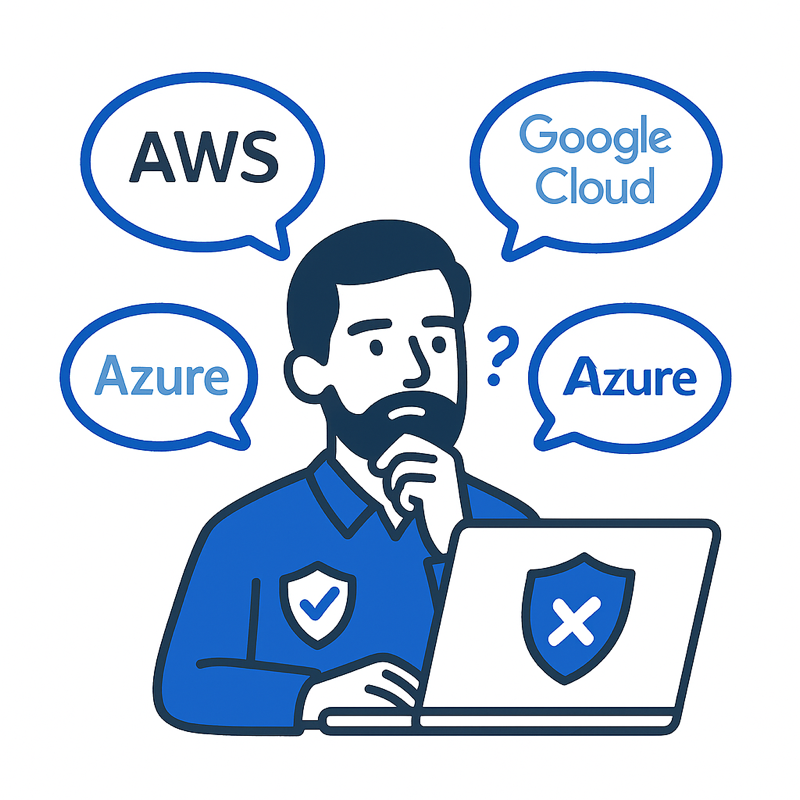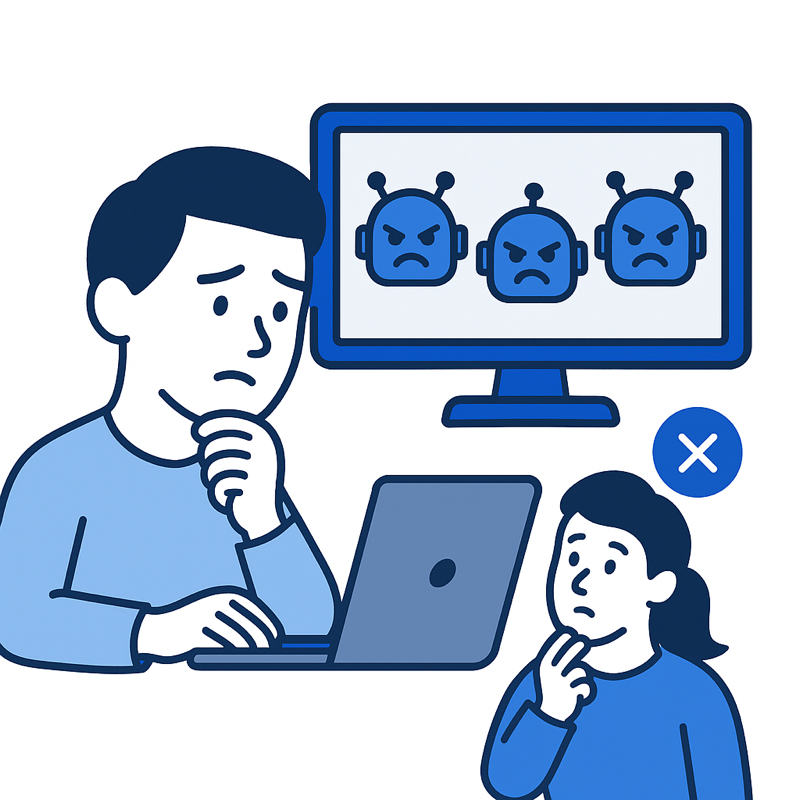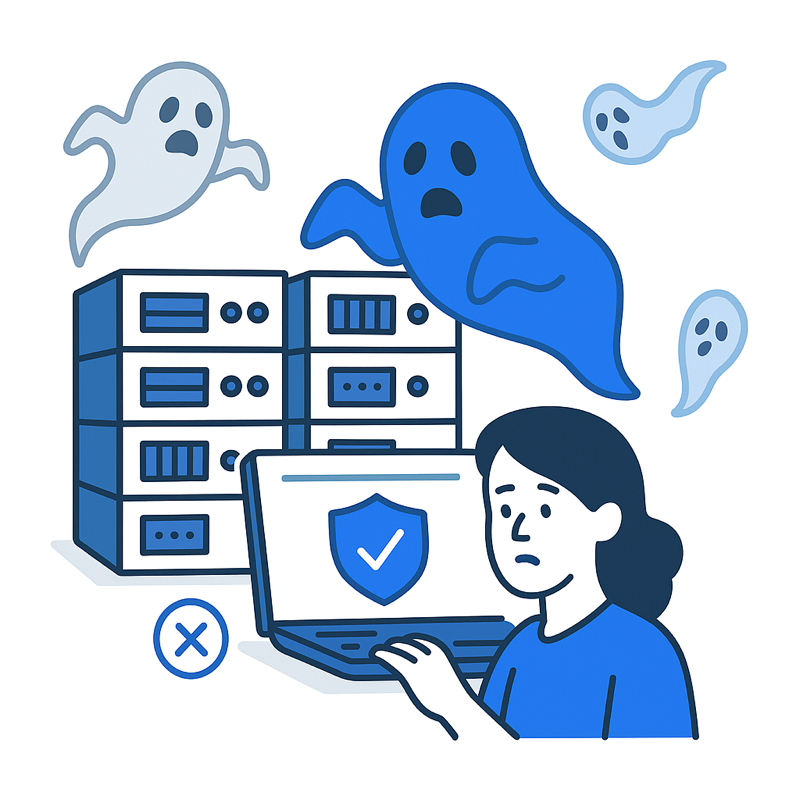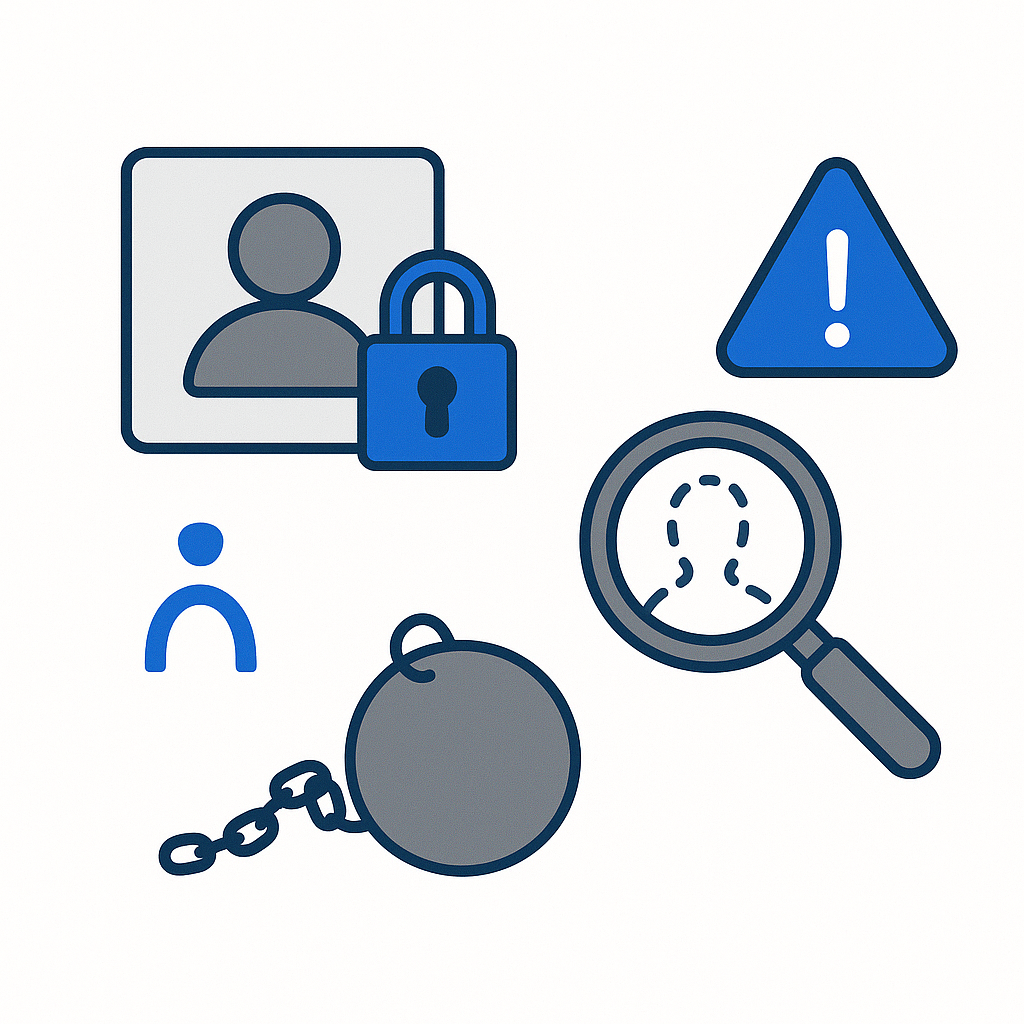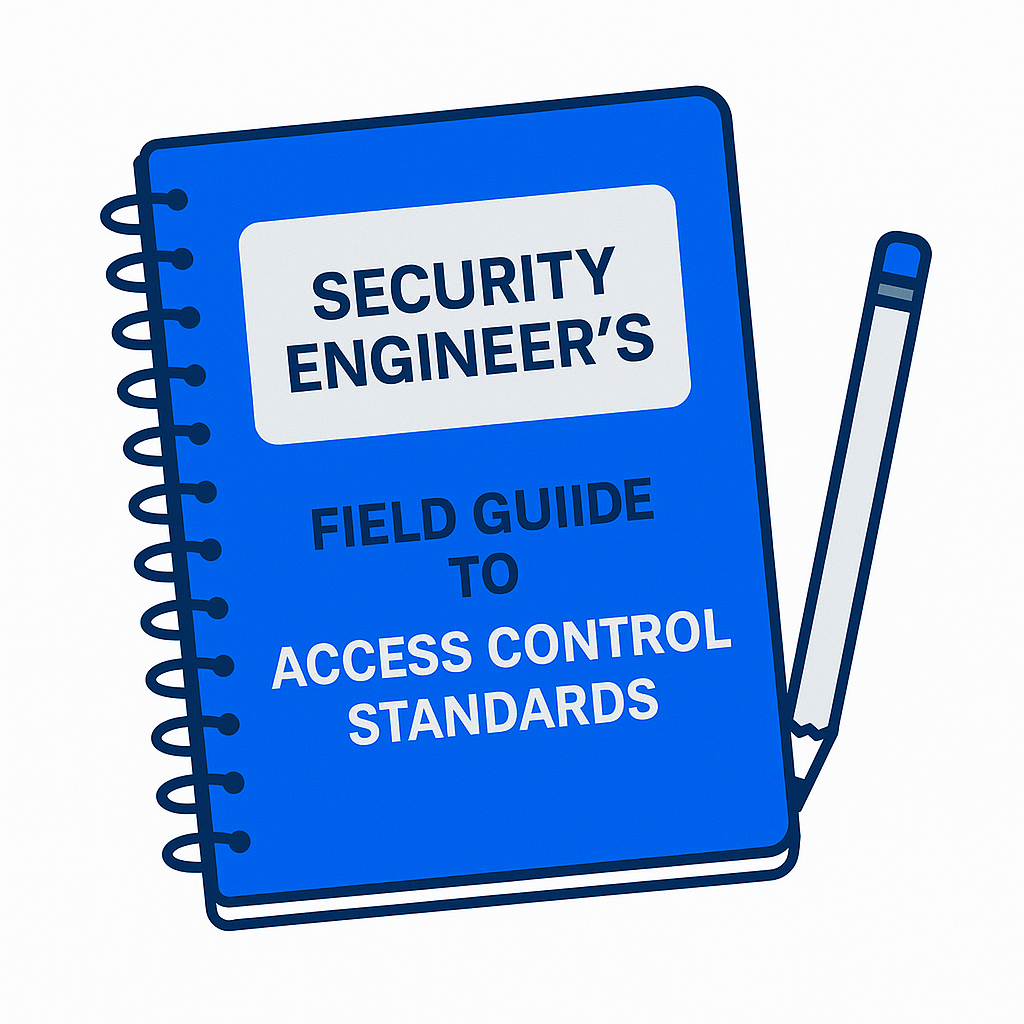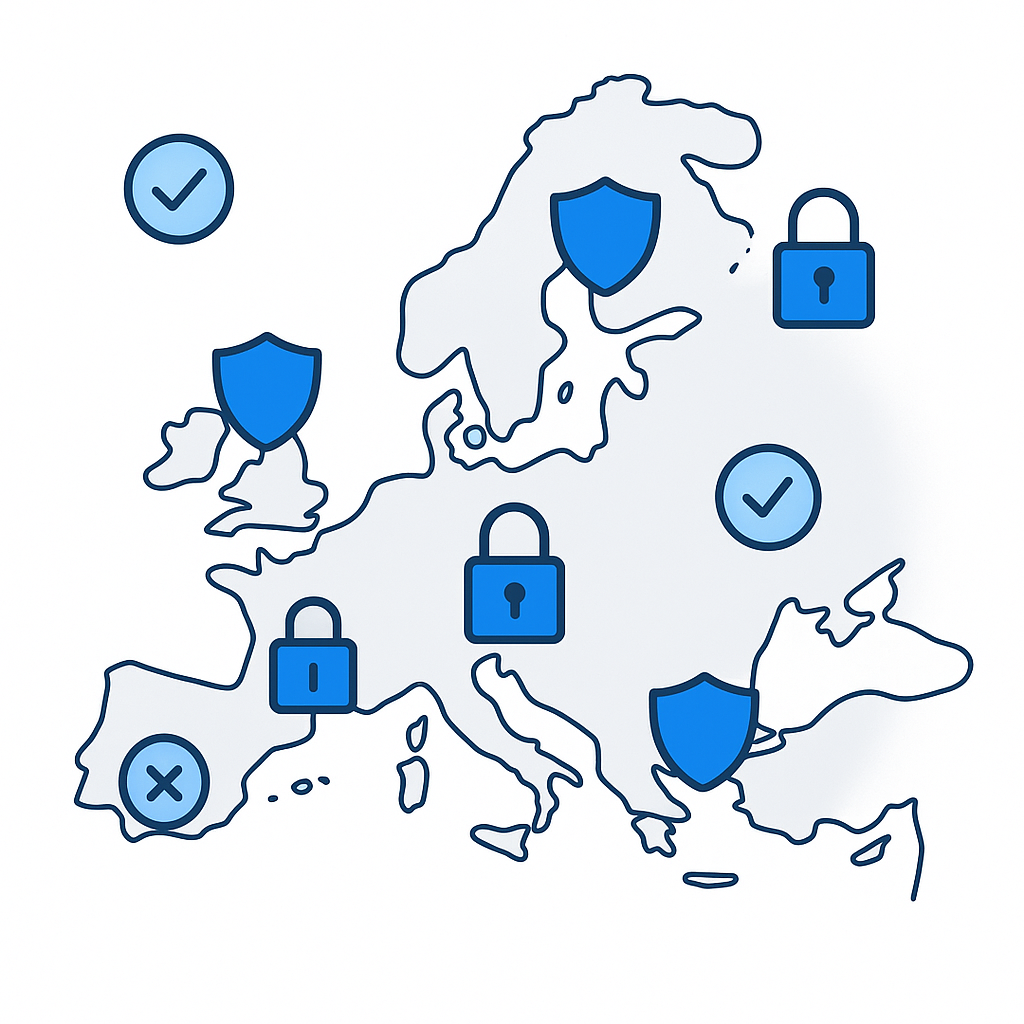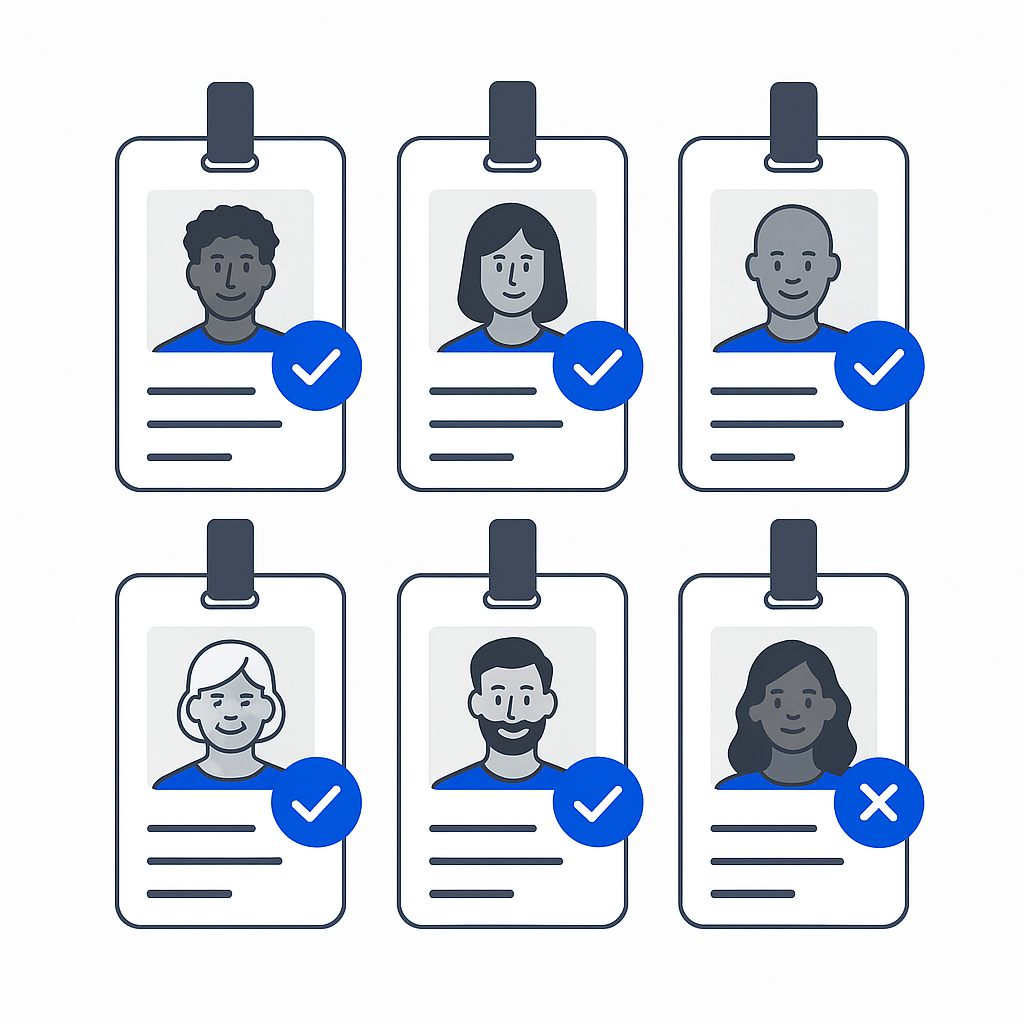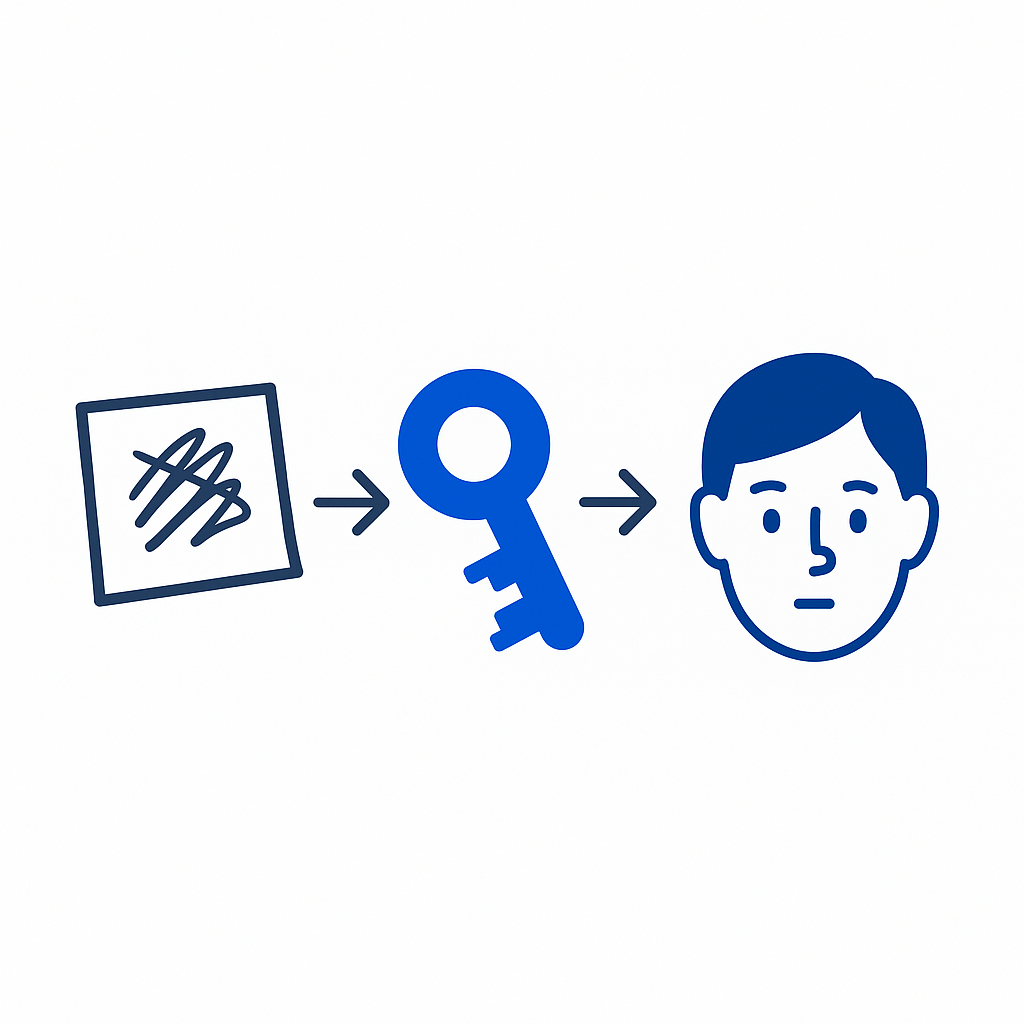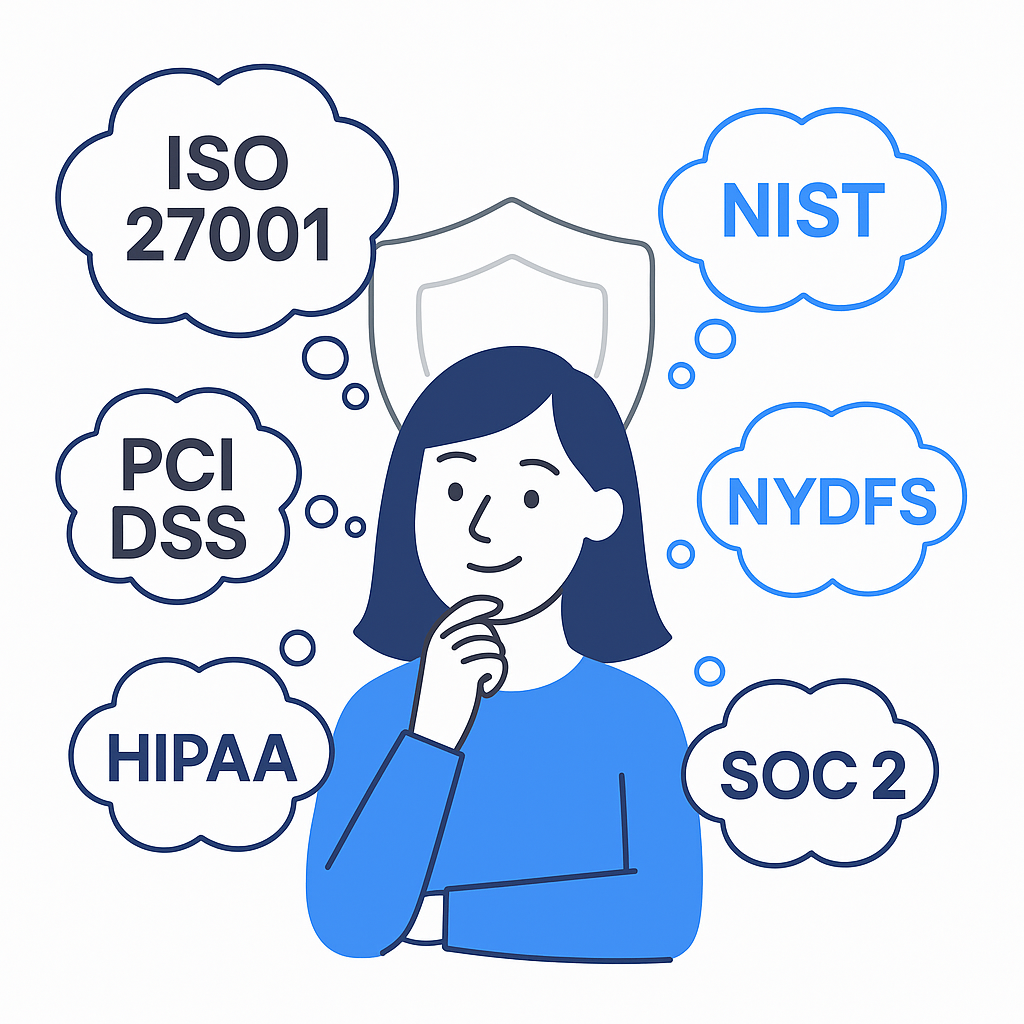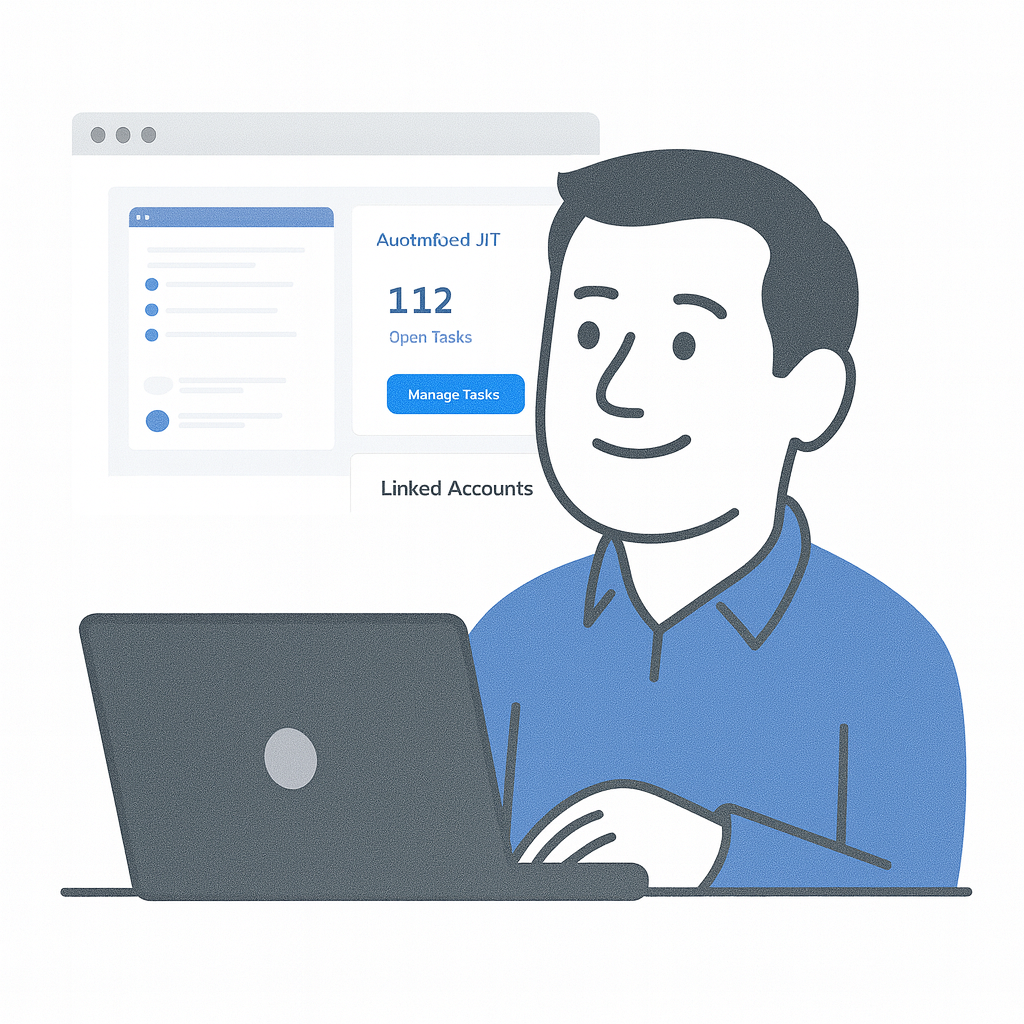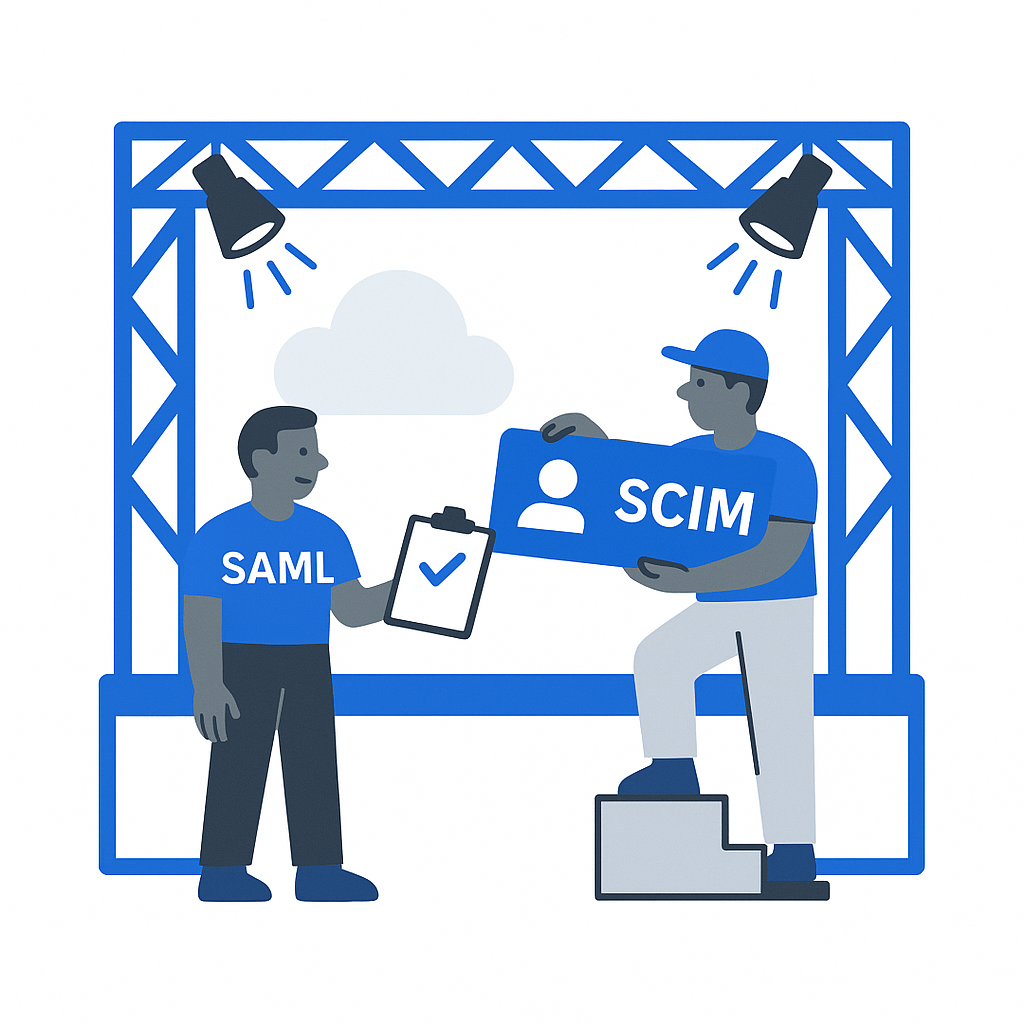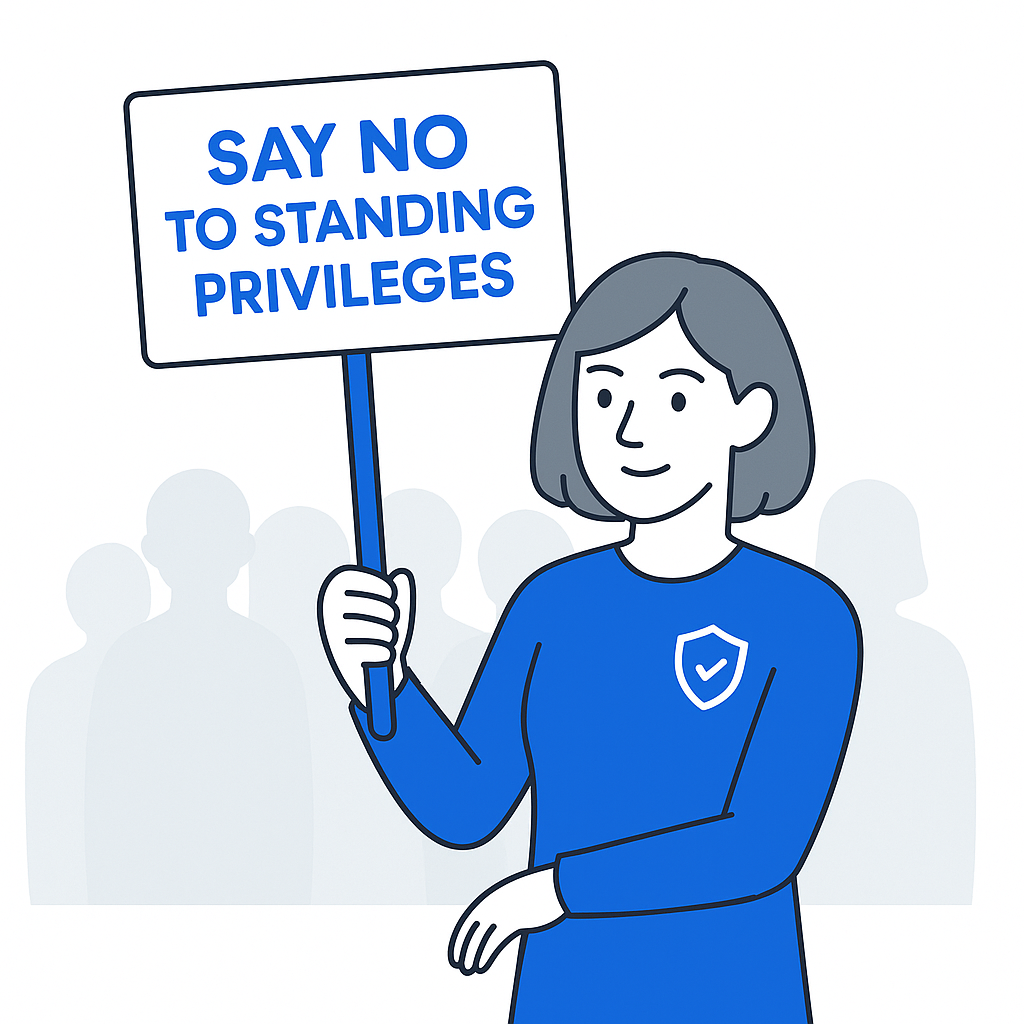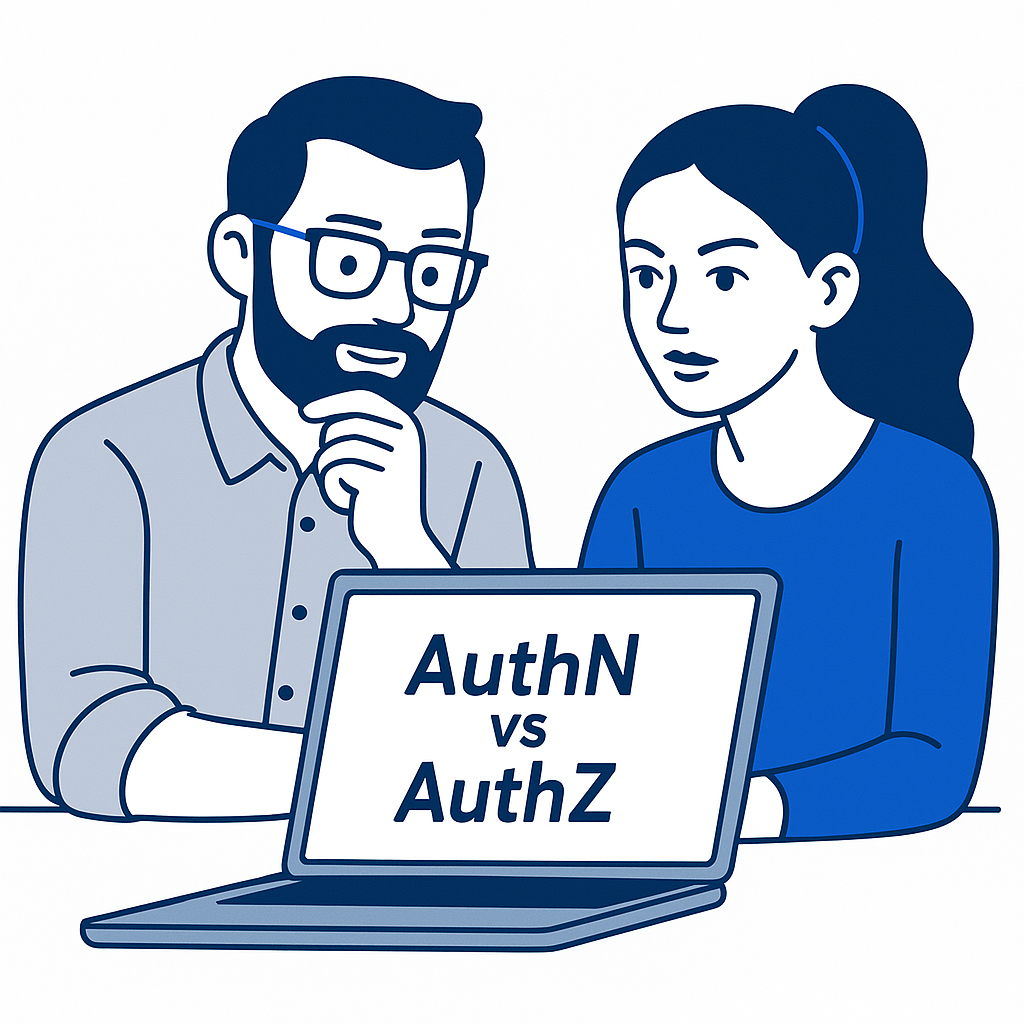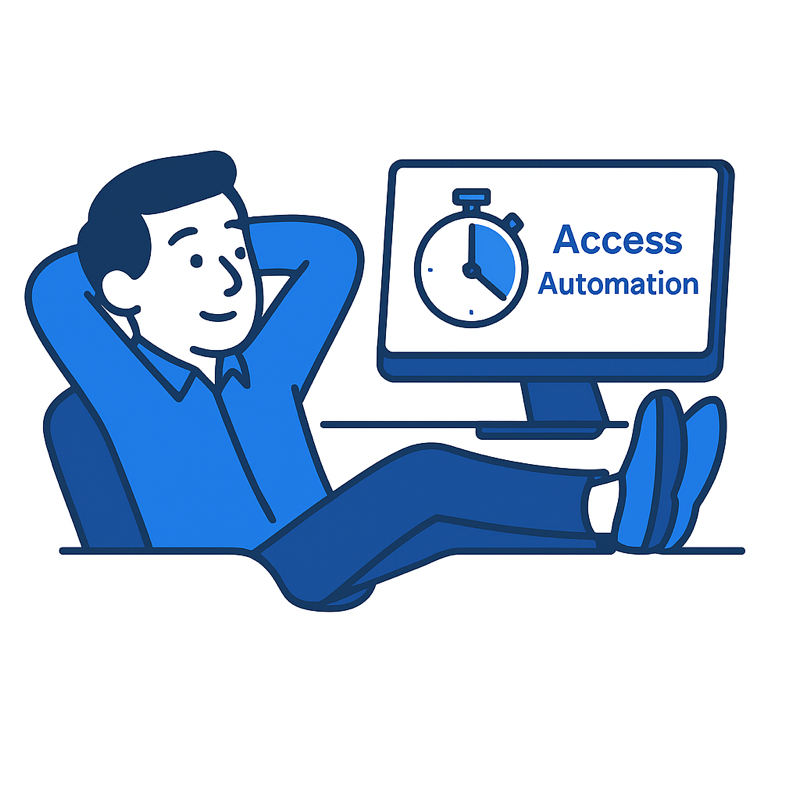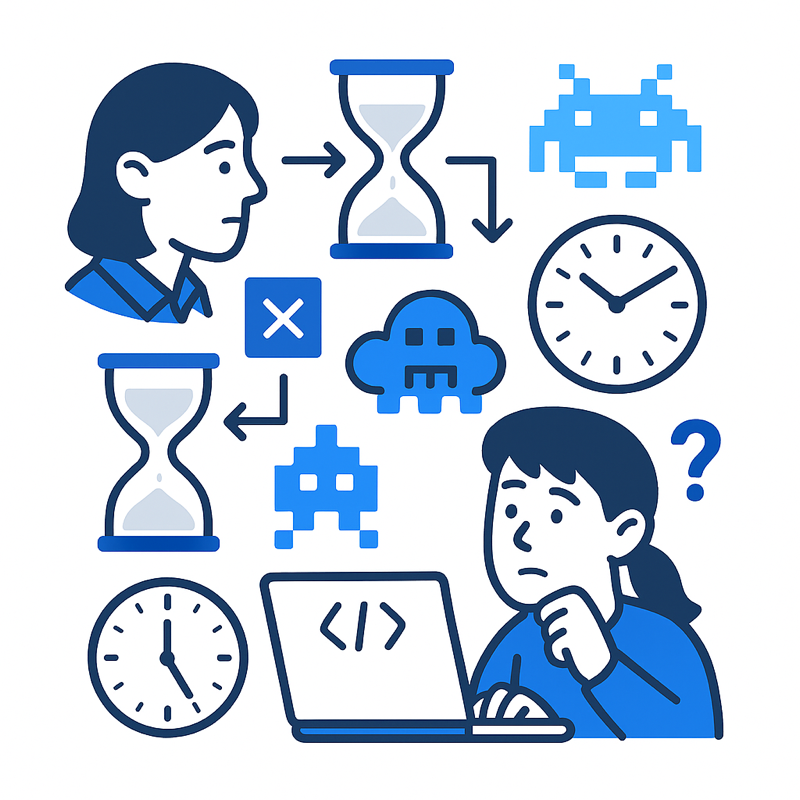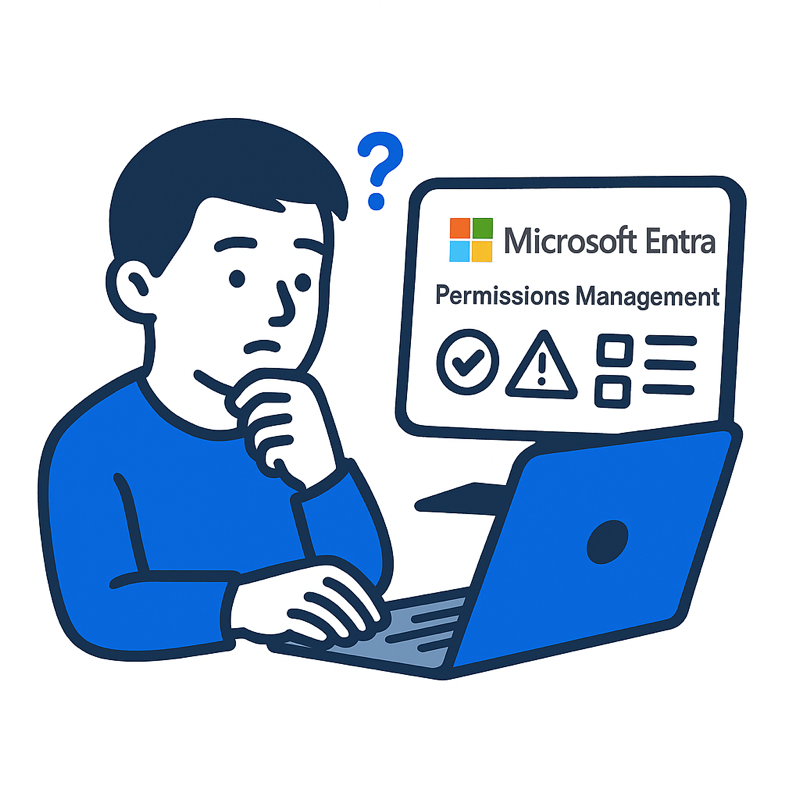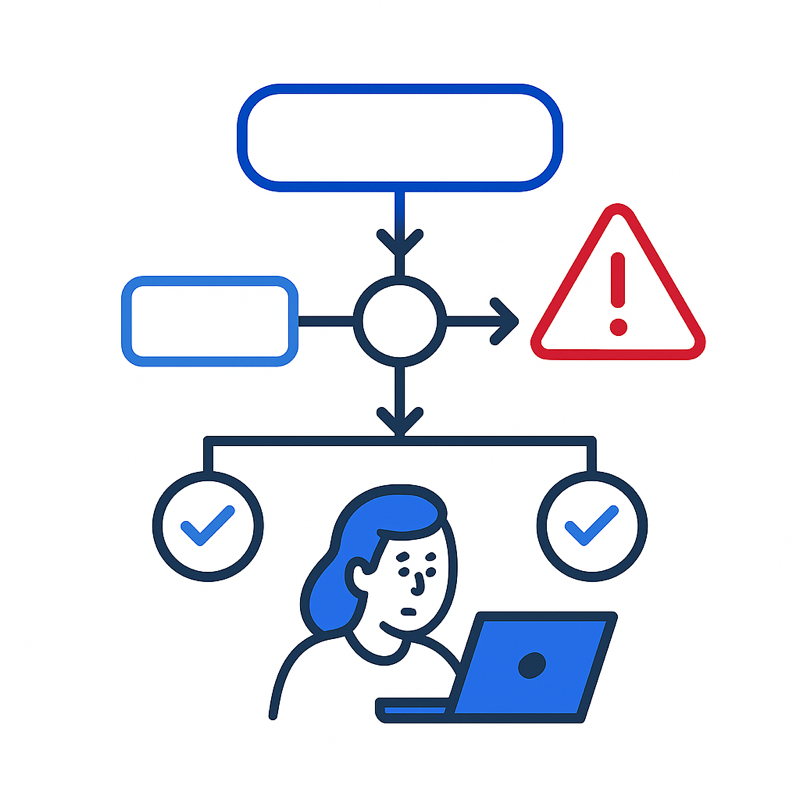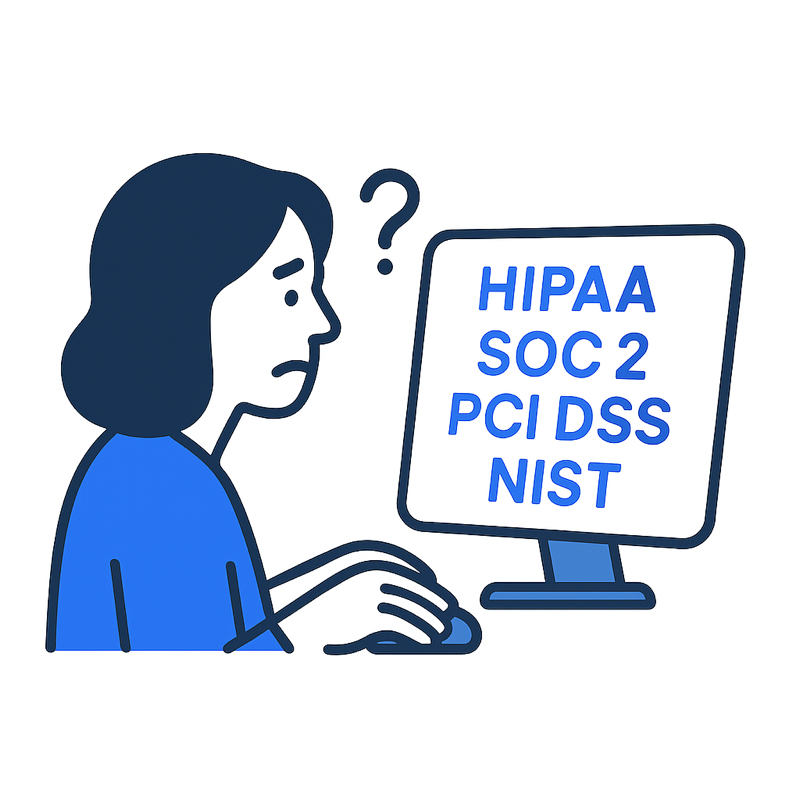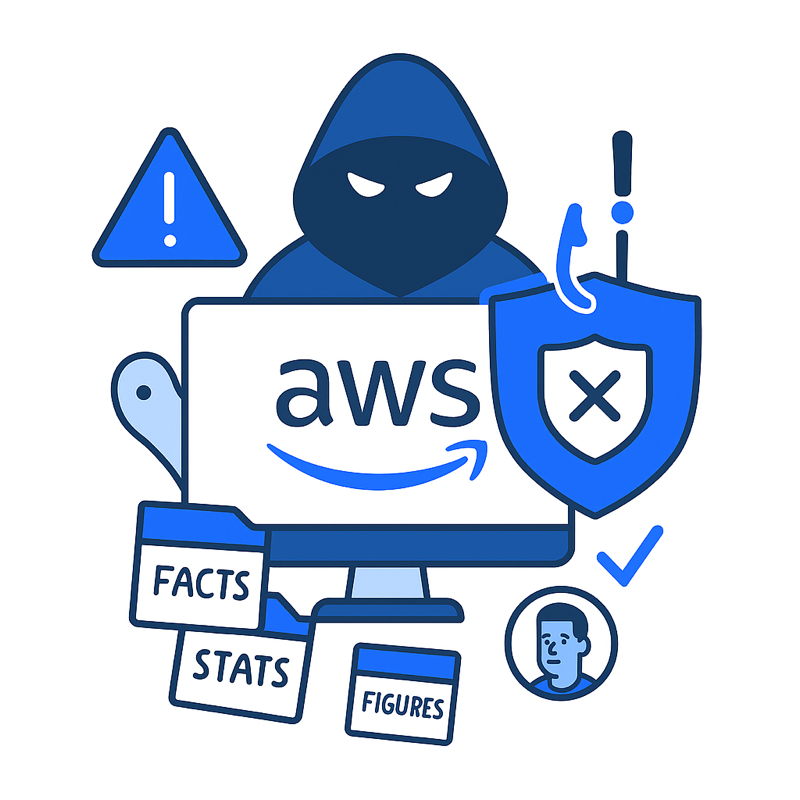Provisioning Essentials: Getting Access Right Still Matters in 2025
Provisioning isn’t glamorous. It’s certainly not the thrilling heart-race of an incident response, nor the satisfying ping of an automated malware containment. It’s not the zero-day you caught before the headlines hit, or the neat little audit trail your SIEM feeds to your CISO for bedtime reading. But make no mistake; provisioning is the backbone of everything else in an organization's security program. Get it right, and businesses reduce risk, speed up onboarding, and have the reassurance of real protection. Get it wrong, and they are the proud owner of a sprawling permission swamp filled with toxic overprivilege, stale accounts, and blind spots waiting to be abused.
Why, however, is provisioning still such a pain point, and how do modern cloud-native environments demand a fresh, more dynamic approach?
What Is Provisioning, Really?
In the context of cybersecurity and cloud infrastructure entitlement management, provisioning is the process of granting users and service accounts the access they need. Nothing more, nothing less. It spans account creation, role assignment, group membership, permissions mapping, policy enforcement, and (critically) the timing and scope of access.
That might mean spinning up a user in Google Workspace with access to Docs but not Admin, assigning a DevOps engineer read-only visibility into production until they submit a change request, or creating a temporary token for a build agent that expires after one use.
Sounds simple. But scale that out across cloud providers, hundreds of SaaS tools, and thousands of human and machine identities, and it quickly becomes a migraine-level headache to manage manually, or even semi-manually.
Why Provisioning Matters More Than Ever
The move to cloud and the proliferation of ephemeral workloads, distributed teams, and automation-first pipelines means the surface area of provisioning has exploded. In the on-prem days, organizations provisioned once, then tweaked permissions every year during the audit scramble. Now, provisioning has to be dynamic, contextual, and continuous, or their environment becomes an access free-for-all.
It’s also the only real way to chase zero standing privileges (ZSP) and international cybersecurity standards. Businesses can’t claim to have eliminated persistent access if the organization's provisioning model assumes “grant and forget.” And if organizations are still wrapping provisioning into onboarding and letting access linger after role changes, offboarding, or org shifts, they’re piling up potential privilege debt.
Misconfigured permissions are now a primary root cause in breach postmortems, not just a compliance annoyance. Unused keys, orphaned service accounts, and old admin tokens are often left lying around like a box of skeleton keys beneath the digital doormat.
The Legacy Model: Provision Once, Panic Later
Traditional provisioning is static. Someone joins, they are assigned a role or dropped into a group, and IT may remember to set a calendar reminder to review it later. If you’re lucky, the process is wrapped in an ITSM ticket. If you’re very lucky, HR remembers to tell you when someone leaves.
But this model assumes the environment doesn’t change, that roles are fixed, and that people don’t pivot projects, teams, or responsibilities. It also assumes attackers can’t take advantage of dormant accounts or buried permissions. It’s an illusion of order, and in practice, it leaves a trail of overprovisioned, under-monitored access paths ripe for exploitation.
Cloud-native security demands something better.
Enter Just-in-Time Provisioning
Modern provisioning needs to be dynamic, ephemeral, and policy-driven. That’s where just-in-time (JIT) access comes in.
Instead of granting standing access that sticks around like bad leftovers, JIT provisioning spins up access only when needed and tears it down after use. Think of it as provisioning with a half-life. A developer needs access to a production database? Fine, but only for the next 15 minutes, and only if they pass MFA and the request is logged, approved, and auditable.
This model is how organizations achieve zero standing privileges without grinding productivity to a halt. No more default roles with broad permissions. No more blanket admin rights for the sake of convenience. Instead, access becomes something earned, not assumed.
The benefits aren’t just security-related. Done right, modern provisioning reduces friction, helps onboarding feel seamless, aligns with least privilege by default, and creates a traceable lifecycle for every access grant. It also supports identity consistency across clouds, integrates with CI/CD pipelines, and can be governed through policy as code.
Provisioning Isn’t Just for People
One final note that’s often overlooked: provisioning isn’t just about human identities.
AI needs security, too. Non-human identities like bots, service accounts, API consumers, containers, ephemeral functions, all need to be provisioned too. And unlike humans, they don’t remind you when we forget to deprovision them. They just sit there, quietly creating risk. If organizations aren’t tracking how machine identities are provisioned, rotated, and revoked, they’re playing with fire.
In some environments, machine-to-machine traffic outnumbers human interaction by orders of magnitude. As such, provisioning logic needs to handle everything with an identity, not just badge-wearing staff.
The Road Ahead
Provisioning used to be an IT function. Now it’s a security cornerstone. It touches cloud identity, automation, compliance, and user experience. And if organizations want to get serious about Zero Trust and ZSP, they can’t ignore it.
The good news? Modern solutions, like Trustle, help bridge the gap between policy and practice. They make it possible to provision access on-demand, aligned to real-time context, and backed by clear governance. Admins can automate approvals, integrate with Slack or Teams, and revoke stale access with confidence. Most importantly, organizations can turn provisioning from a point of pain into a point of control.
Provisioning done right isn’t just essential: it’s strategic. And in today’s ever-evolving cybersecurity playing field, it’s one of the few things organizations can actually get ahead of.





